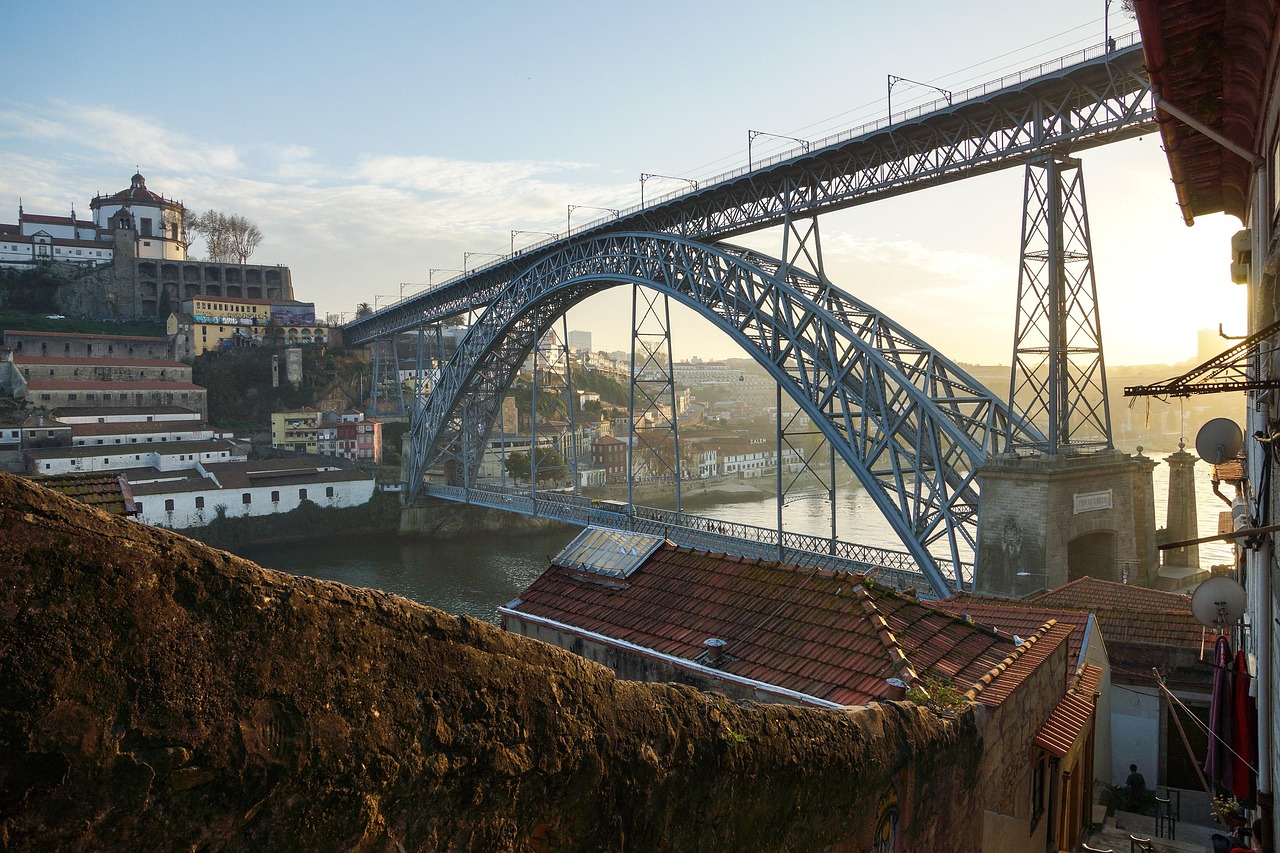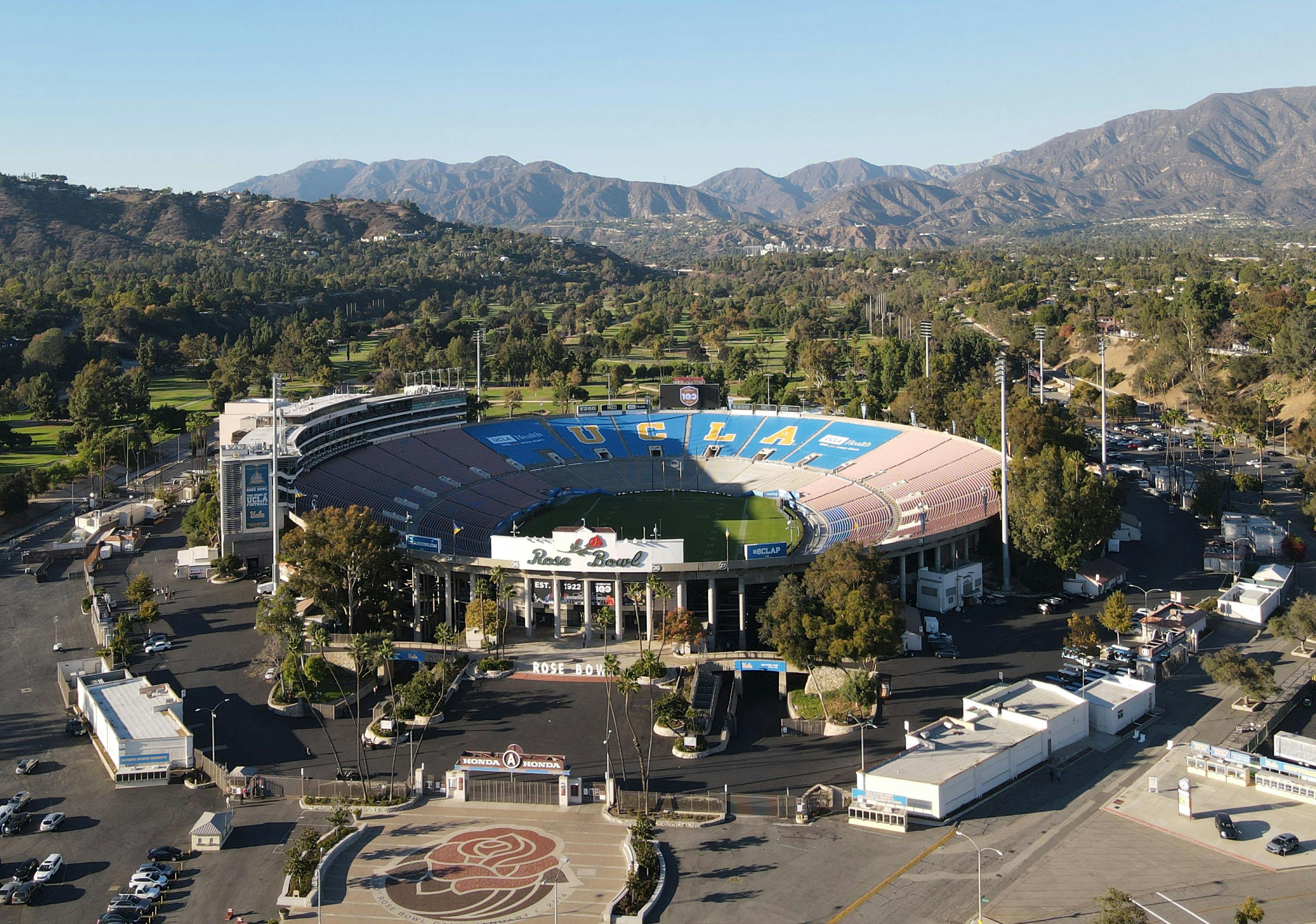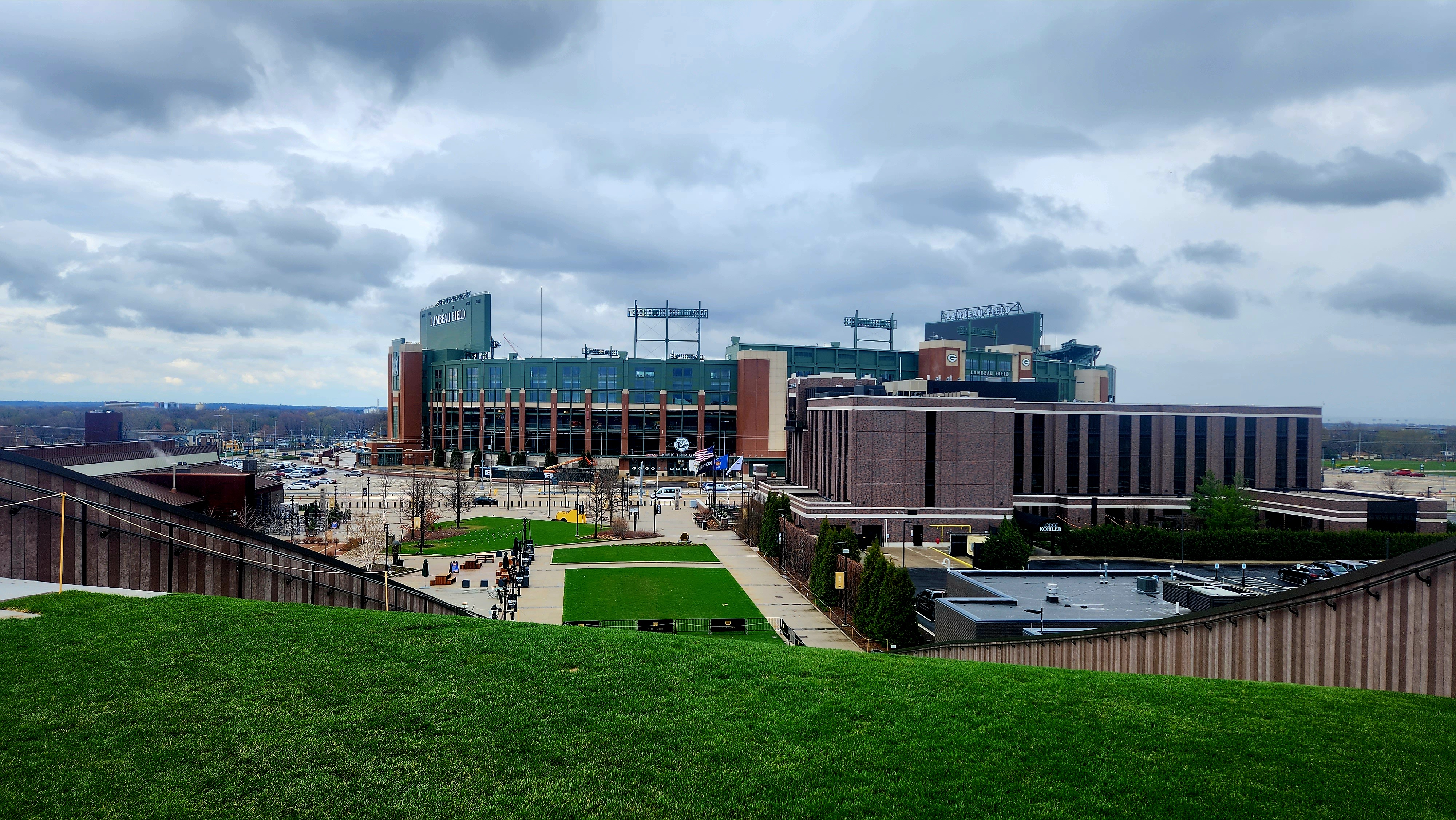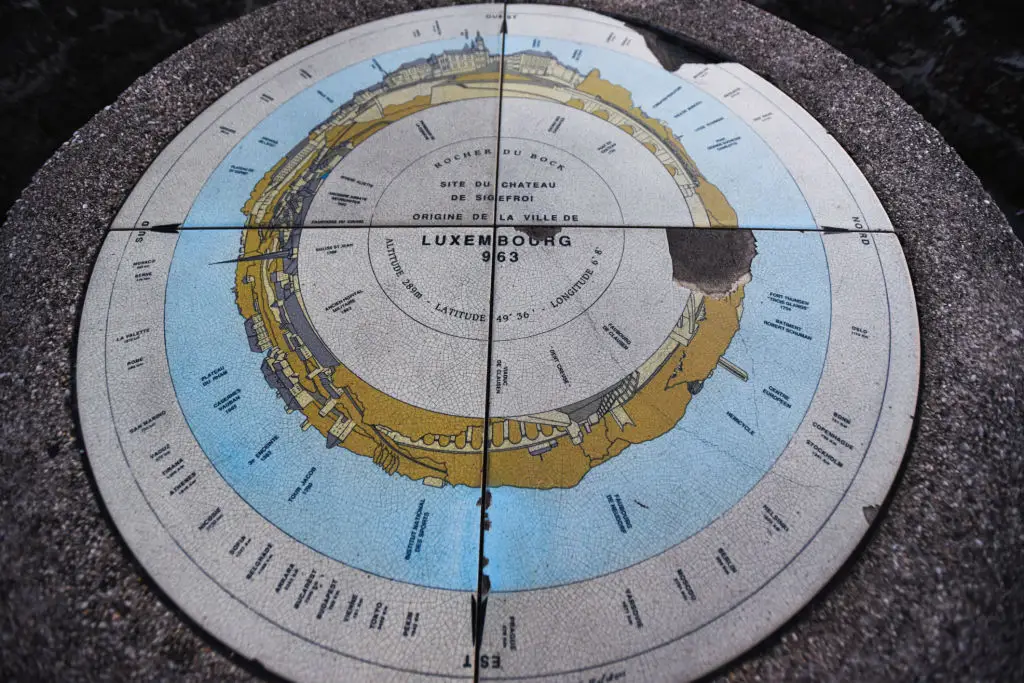11 Emerging Food Destinations Predicted to Be Huge in 2026
As we look ahead, the culinary world is poised for a transformation that promises to redefine global food trends. This article embarks on a journey through the top 11 food destinations that are set to shape the culinary landscape, each offering a unique blend of tradition, innovation, and sustainability. These destinations are not just places to eat but are cultural experiences that reflect the evolving tastes and values of a global audience. From the bustling streets of Asia to the serene landscapes of Scandinavia, these locales offer a tantalizing glimpse into the future of food. Drawing from expert predictions, culinary trends, and the rising demand for authentic experiences, this exploration will delve into what makes these destinations stand out and why they are pivotal to the global culinary scene. Prepare to embark on an adventure that promises to be as enlightening as it is delicious.
1. Tokyo, Japan: The Epicenter of Culinary Innovation

Tokyo has long been revered as a culinary capital, and its influence is only expected to grow by 2026. Known for its meticulous attention to detail and an unparalleled dedication to quality, Tokyo's culinary scene is a harmonious blend of tradition and modernity. The city boasts more Michelin-starred restaurants than any other, yet it is the local izakayas and street vendors that capture the soul of Japanese cuisine. As we look to the future, Tokyo is embracing sustainable practices and innovative techniques, such as molecular gastronomy and plant-based dining, while still honoring its rich culinary heritage. The fusion of these elements creates a dynamic food culture that is both avant-garde and deeply rooted in tradition. Visitors to Tokyo can expect an immersive experience that challenges their perceptions of flavor and presentation, making it a must-visit destination for any culinary enthusiast.
2. Lima, Peru: A Fusion of Flavors and Cultures
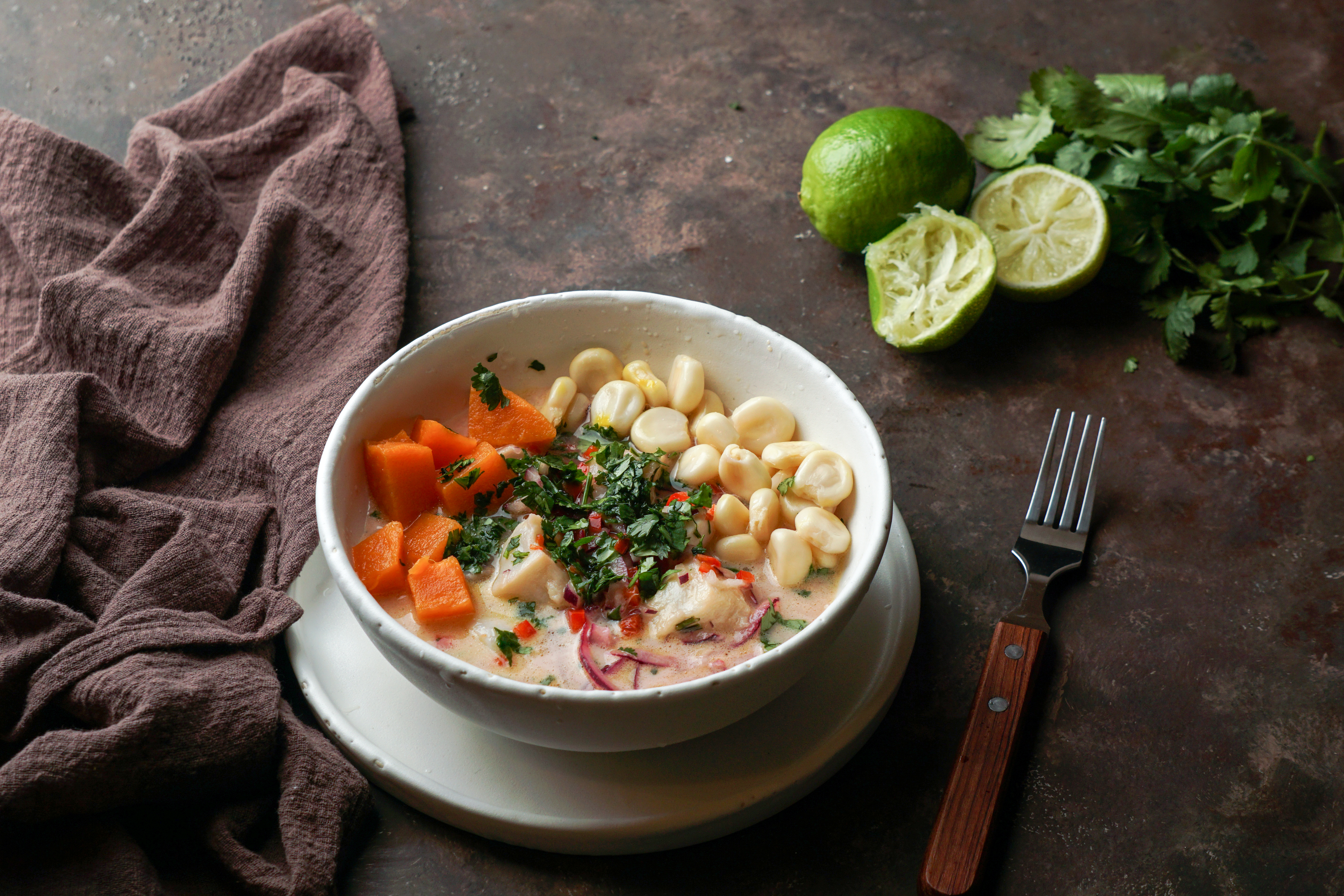
Lima is rapidly gaining recognition as a culinary powerhouse, with its vibrant fusion of indigenous ingredients and international influences. The city's chefs are celebrated for their creativity and commitment to showcasing Peru's diverse ecosystems and cultural heritage. As we approach 2026, Lima's culinary scene is set to expand its global footprint, driven by a new generation of chefs who are pushing the boundaries of traditional Peruvian cuisine. Dishes like ceviche and lomo saltado are being reimagined with innovative techniques and unexpected flavor combinations, reflecting Peru's dynamic cultural tapestry. Furthermore, Lima's commitment to sustainability and ethical sourcing is setting new standards for the industry, making it a leader in the global movement towards responsible gastronomy. For travelers seeking an authentic and transformative dining experience, Lima offers a taste of the future, deeply rooted in its rich past.
3. Copenhagen, Denmark: The Birthplace of New Nordic Cuisine
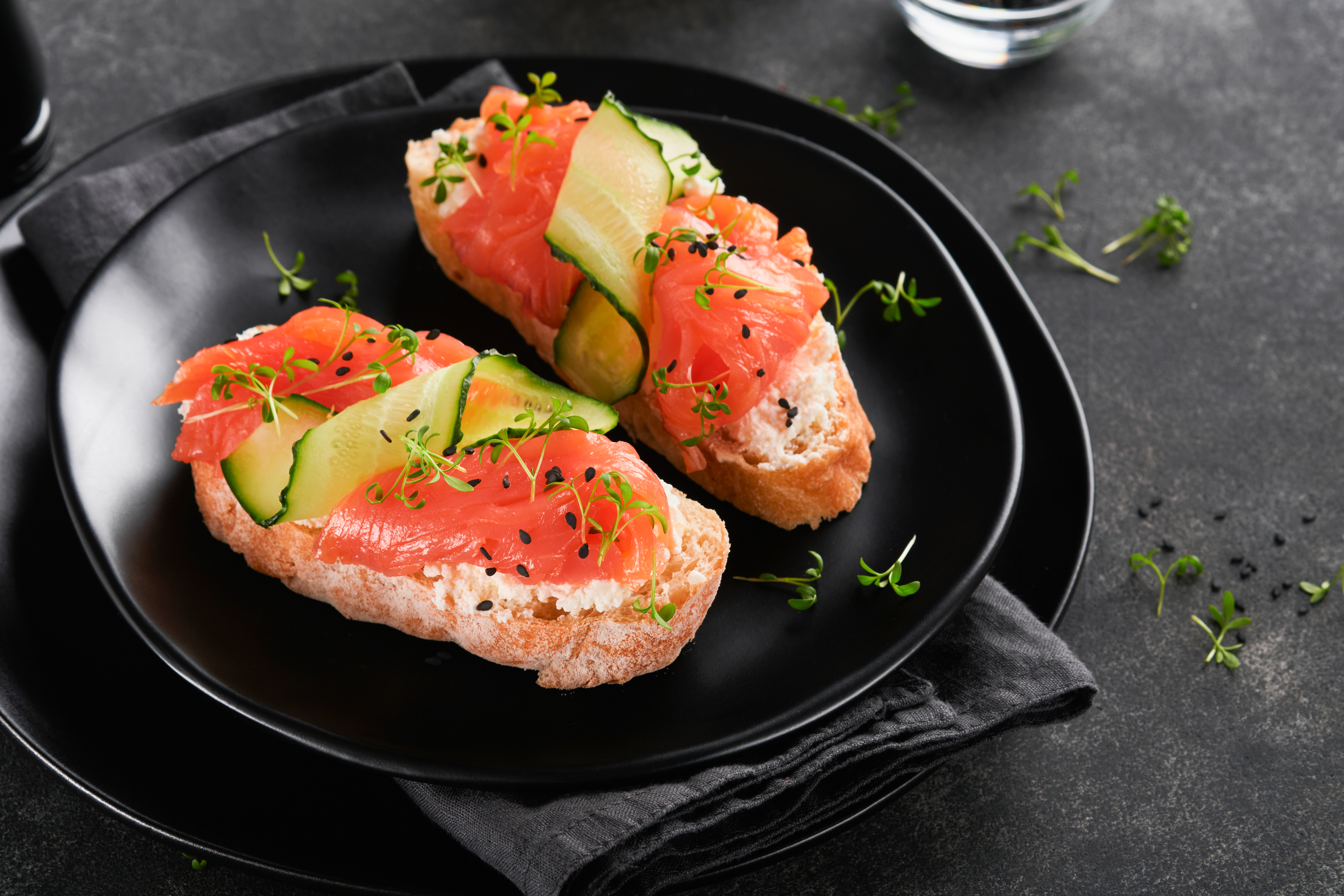
Copenhagen has become synonymous with New Nordic cuisine, a movement that emphasizes local, seasonal, and sustainable ingredients. This culinary philosophy has not only redefined Danish dining but has also had a profound impact on global gastronomy. As we look to 2026, Copenhagen continues to be at the forefront of culinary innovation, with chefs experimenting with fermentation, foraging, and preservation techniques. The city's restaurants, such as the world-renowned Noma, are crafting menus that tell a story of the land and its people, offering diners an intimate connection to the region's natural bounty. Copenhagen's commitment to sustainability extends beyond the plate, with many establishments leading the charge in reducing food waste and promoting eco-friendly practices. This holistic approach to dining makes Copenhagen a beacon of inspiration for chefs and food lovers worldwide, solidifying its place as a top culinary destination.
4. Bangkok, Thailand: A Symphony of Tastes and Textures
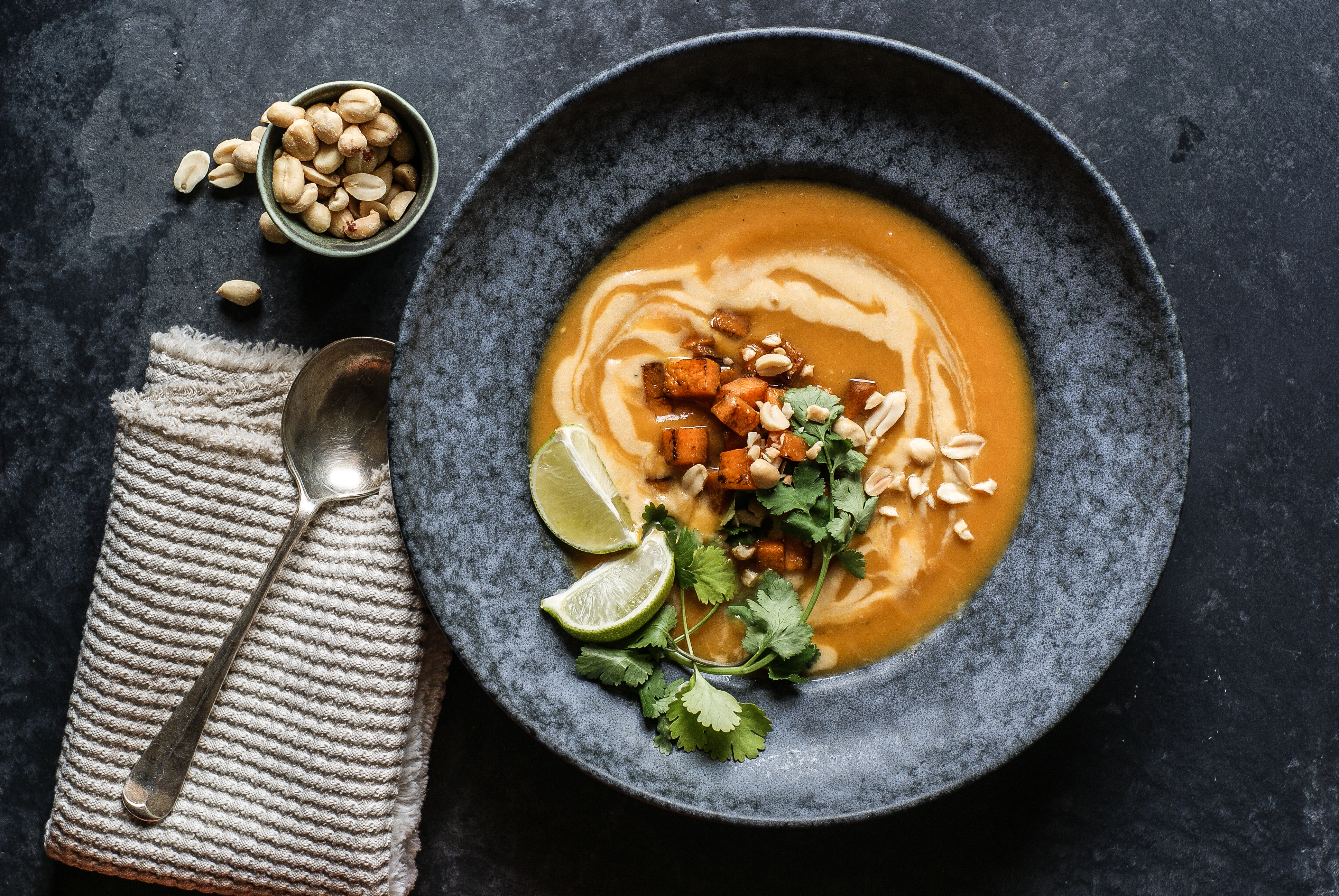
Bangkok's culinary scene is a vibrant tapestry of flavors and textures, offering a sensory experience that is both exhilarating and comforting. The city's street food culture is legendary, with bustling markets and food stalls serving up everything from spicy som tam to savory pad thai. As we move towards 2026, Bangkok is poised to elevate its culinary status, with chefs blending traditional Thai techniques with contemporary influences. This fusion is creating a new wave of Thai cuisine that is bold, innovative, and deeply satisfying. Additionally, Bangkok's dining scene is becoming increasingly diverse, with a growing number of international chefs bringing their unique perspectives to the city. This cross-cultural exchange is enriching Bangkok's culinary landscape, making it a dynamic and ever-evolving destination for food enthusiasts. Whether dining at a high-end restaurant or a humble street stall, visitors to Bangkok are guaranteed an unforgettable culinary adventure.
5. Mexico City, Mexico: A Celebration of Culinary Heritage

Mexico City is a vibrant metropolis where ancient culinary traditions meet modern innovation. The city's food scene is a celebration of Mexico's rich cultural heritage, with dishes like tacos, mole, and tamales taking center stage. As we look ahead to 2026, Mexico City is set to cement its status as a culinary destination, with chefs drawing inspiration from Mexico's diverse regions and indigenous ingredients. This exploration of heritage is complemented by a commitment to sustainability and social responsibility, with many chefs working directly with local farmers and artisans. The result is a dining experience that is both authentic and forward-thinking, offering visitors a deeper understanding of Mexican culture and cuisine. As the world becomes more interconnected, Mexico City's culinary scene is poised to capture the global imagination, offering a taste of tradition with a modern twist.
6. Barcelona, Spain: A Hub of Culinary Creativity
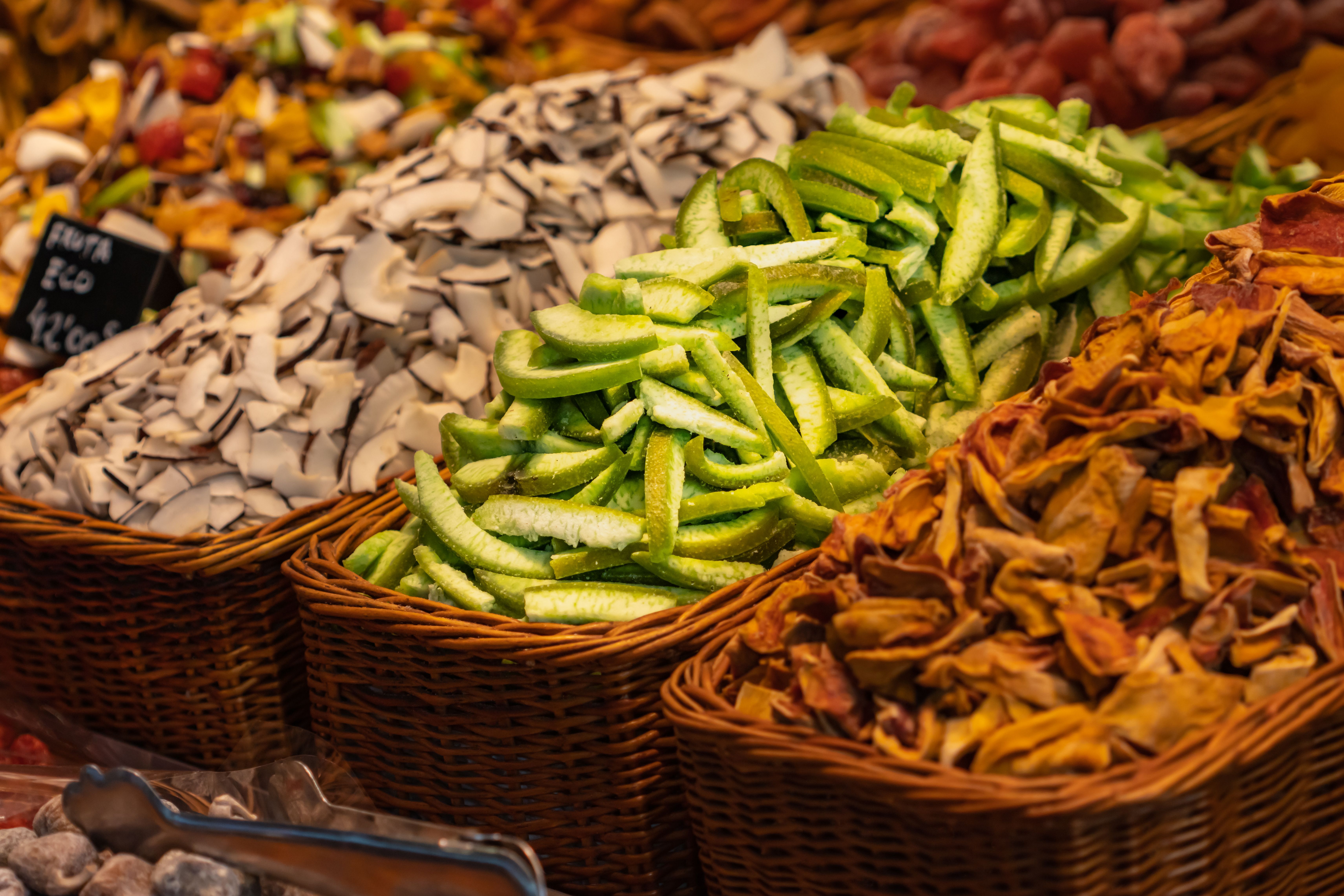
Barcelona is a city that thrives on creativity, and its culinary scene is no exception. Known for its tapas culture and avant-garde cuisine, Barcelona is a destination where food and art intersect. As we approach 2026, the city's chefs are continuing to push the boundaries of gastronomy, experimenting with new techniques and ingredients to create dishes that are both visually stunning and delicious. This spirit of innovation is coupled with a deep respect for Catalan traditions, resulting in a dining experience that is both cutting-edge and rooted in history. Barcelona's vibrant food markets, such as La Boqueria, are a testament to the city's passion for fresh, high-quality ingredients, providing a sensory feast for locals and visitors alike. As a hub of culinary creativity, Barcelona offers a taste of the future, where imagination and tradition come together to create something truly extraordinary.
7. Istanbul, Turkey: A Crossroads of Culinary Traditions

Istanbul is a city where East meets West, and its culinary scene reflects this unique cultural crossroads. The city's food is a rich tapestry of flavors and influences, with dishes like kebabs, mezes, and baklava showcasing the best of Turkish cuisine. As we look to 2026, Istanbul is set to become a culinary destination of choice, with chefs embracing the city's diverse heritage while also exploring new culinary frontiers. This fusion of tradition and innovation is creating a dynamic dining scene that is both familiar and exciting. In addition to its rich culinary traditions, Istanbul is also becoming a leader in sustainable dining, with many restaurants focusing on local, organic ingredients and eco-friendly practices. This commitment to sustainability, combined with its vibrant food culture, makes Istanbul a must-visit destination for food lovers seeking an authentic and transformative dining experience.
8. Mumbai, India: A Melting Pot of Flavors
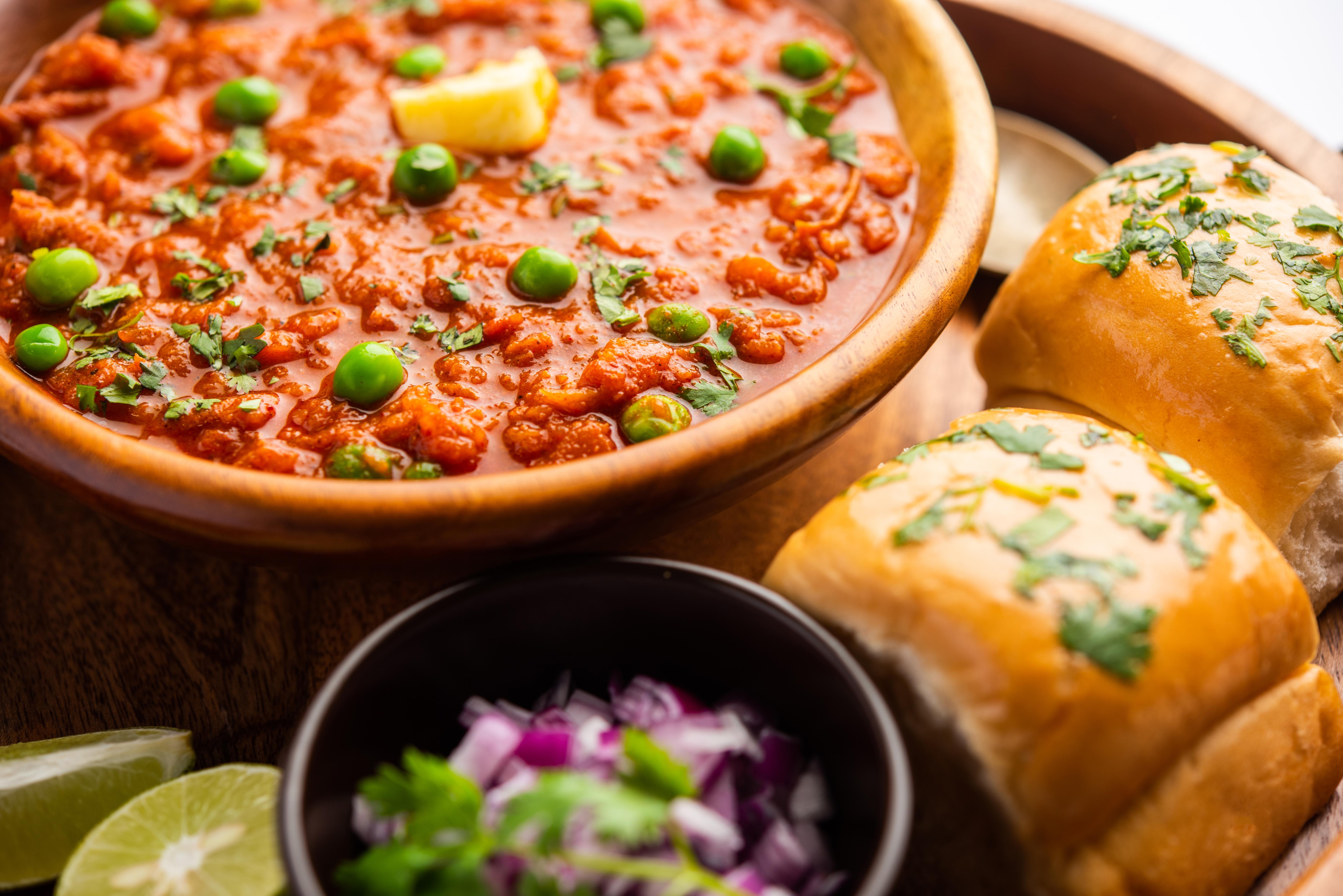
Mumbai is a city that embodies the spirit of India, with its vibrant culture and diverse culinary scene. The city's food is a reflection of its rich history and multicultural influences, with dishes like biryani, vada pav, and pav bhaji offering a taste of India's culinary diversity. As we approach 2026, Mumbai is set to become a culinary hotspot, with chefs drawing inspiration from the city's street food culture and traditional Indian cuisine. This exploration of flavors is complemented by a growing interest in sustainability and health-conscious dining, with many restaurants focusing on organic ingredients and plant-based options. Mumbai's dynamic food scene is a testament to the city's ability to adapt and innovate, offering visitors a taste of the future while honoring its rich past. Whether dining at a high-end restaurant or a local food stall, visitors to Mumbai are guaranteed a culinary adventure that is both exciting and unforgettable.
9. Cape Town, South Africa: A Fusion of Cultures and Cuisines
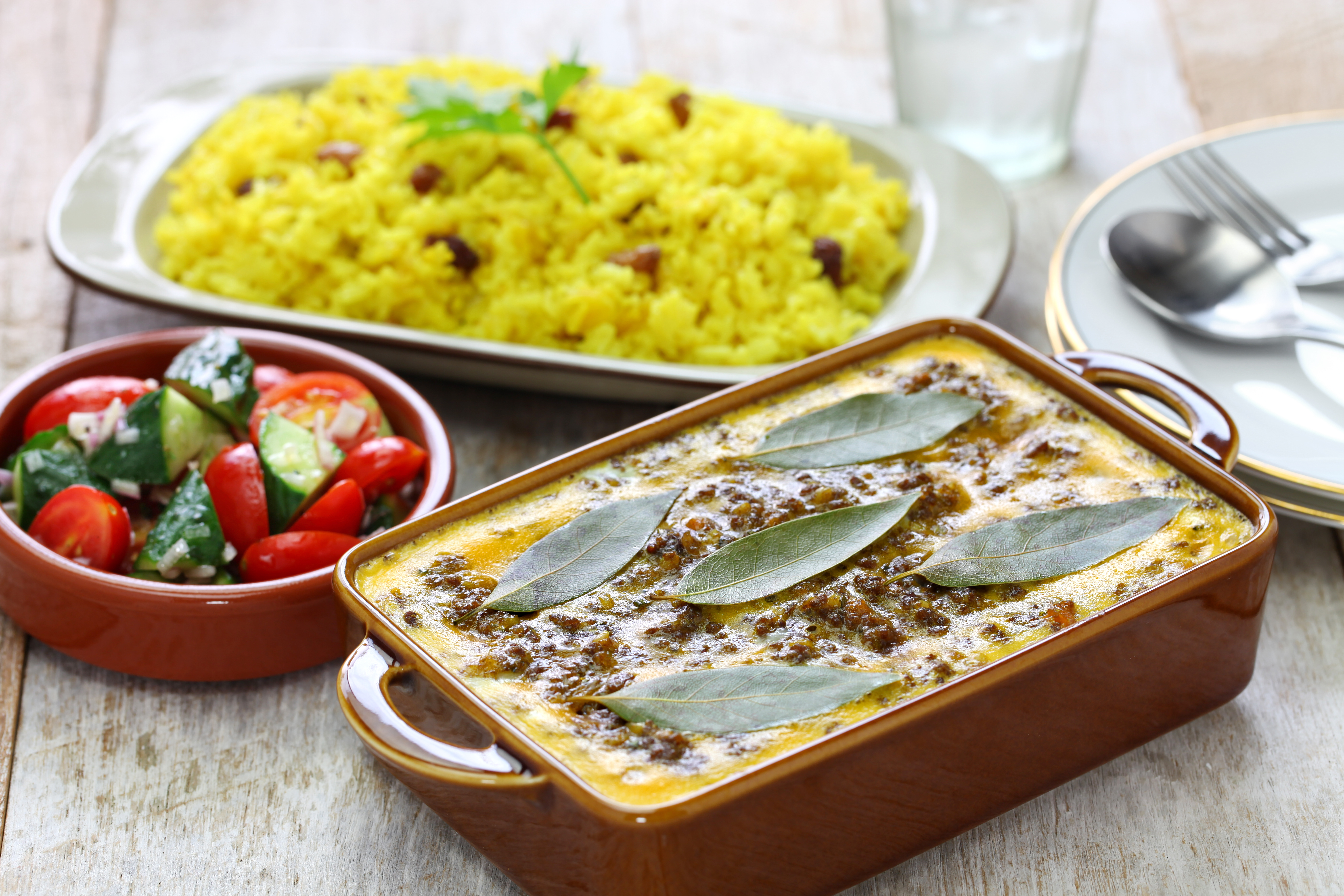
Cape Town is a city that is defined by its natural beauty and cultural diversity, and its culinary scene is no different. The city's food is a fusion of African, European, and Asian influences, with dishes like bobotie, bunny chow, and boerewors offering a taste of South Africa's rich culinary heritage. As we look to 2026, Cape Town is poised to become a culinary destination of choice, with chefs embracing the city's diverse influences while also exploring new culinary frontiers. This fusion of tradition and innovation is creating a dynamic dining scene that is both familiar and exciting. In addition to its rich culinary traditions, Cape Town is also becoming a leader in sustainable dining, with many restaurants focusing on local, organic ingredients and eco-friendly practices. This commitment to sustainability, combined with its vibrant food culture, makes Cape Town a must-visit destination for food lovers seeking an authentic and transformative dining experience.
10. Seoul, South Korea: A Dynamic Culinary Landscape
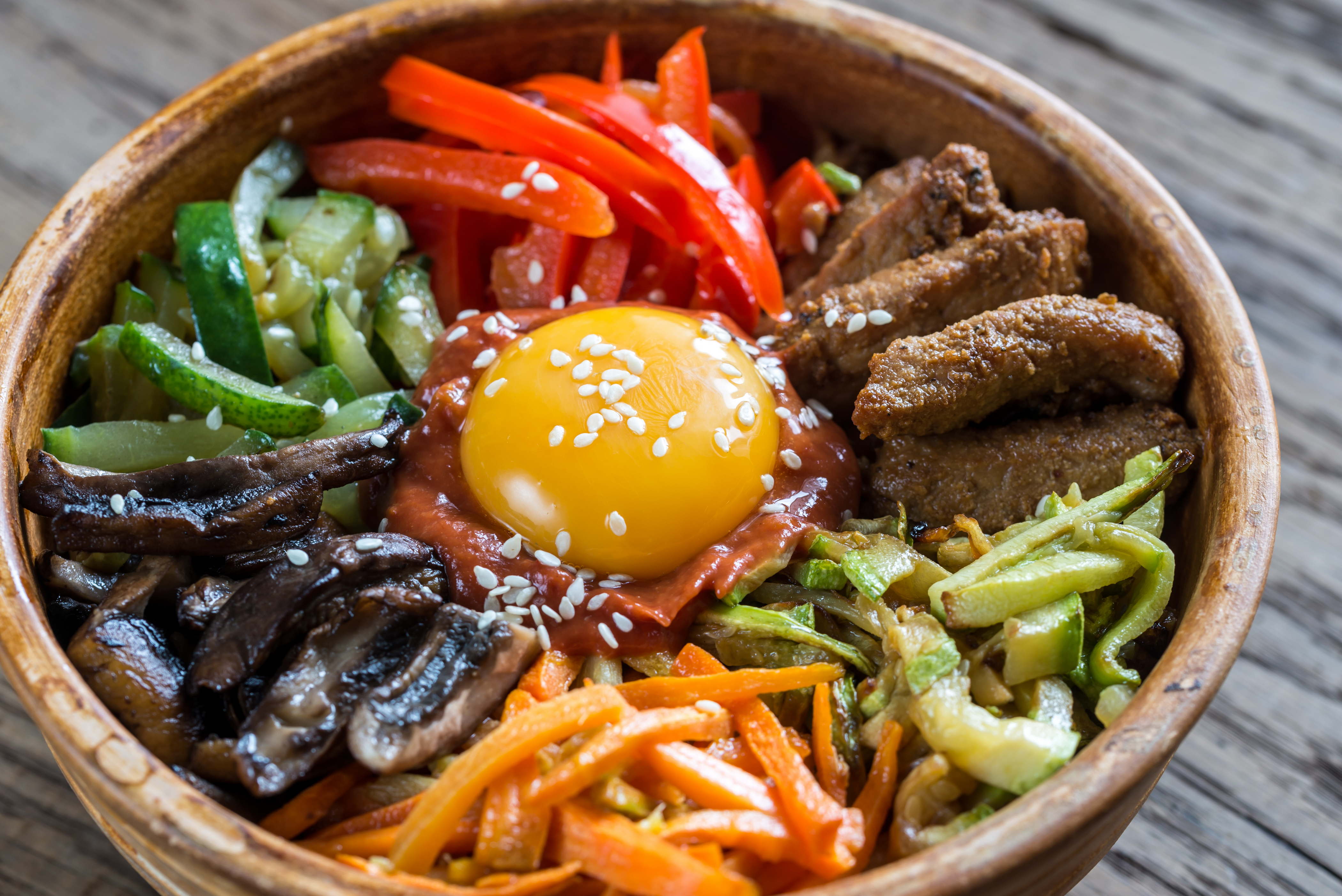
Seoul is a city that is constantly evolving, and its culinary scene is no exception. Known for its bold flavors and innovative techniques, Korean cuisine is capturing the global imagination. As we look to 2026, Seoul is set to become a culinary destination of choice, with chefs drawing inspiration from traditional Korean dishes like kimchi, bulgogi, and bibimbap, while also exploring new culinary frontiers. This fusion of tradition and innovation is creating a dynamic dining scene that is both familiar and exciting. Beyond its deep-rooted food traditions, Seoul is also making waves in sustainable dining. More and more restaurants are embracing local, organic ingredients and eco-friendly practices. This dedication to sustainability, paired with the city’s dynamic food scene, makes Seoul a top spot for food lovers looking for a truly authentic—and meaningful—dining experience.
11. Buenos Aires, Argentina: A Celebration of Culinary Heritage

Buenos Aires is a city that is defined by its passion for food and its rich culinary heritage. Known for its world-class beef and vibrant food culture, Buenos Aires is a destination that offers a taste of Argentina's culinary diversity. As we look to 2026, Buenos Aires is set to become a culinary hotspot, with chefs drawing inspiration from traditional Argentine dishes like empanadas, asado, and dulce de leche, while also exploring new culinary frontiers. This fusion of tradition and innovation is creating a dynamic dining scene that is both familiar and exciting. In addition to its rich culinary traditions, Buenos Aires is also becoming a leader in sustainable dining, with many restaurants focusing on local, organic ingredients and eco-friendly practices. This commitment to sustainability, combined with its vibrant food culture, makes Buenos Aires a must-visit destination for food lovers seeking an authentic and transformative dining experience.
As we conclude this culinary journey, it is clear that the global gastronomy scene is on the brink of an exciting transformation. The top 11 food destinations set to define 2026 are not just places to eat but are cultural experiences that reflect the evolving tastes and values of a global audience. From Tokyo's innovative techniques to Lima's celebration of heritage, each destination offers a unique perspective on the future of food. These cities are leading the charge in sustainability, creativity, and authenticity, setting new standards for the industry and inspiring chefs and food lovers worldwide. As we look to the future, it is evident that the culinary map is being redrawn, offering a tantalizing glimpse into a world where tradition and innovation coexist harmoniously. For those seeking a transformative dining experience, these destinations offer a taste of what is to come, promising a culinary adventure that is as enlightening as it is delicious.


